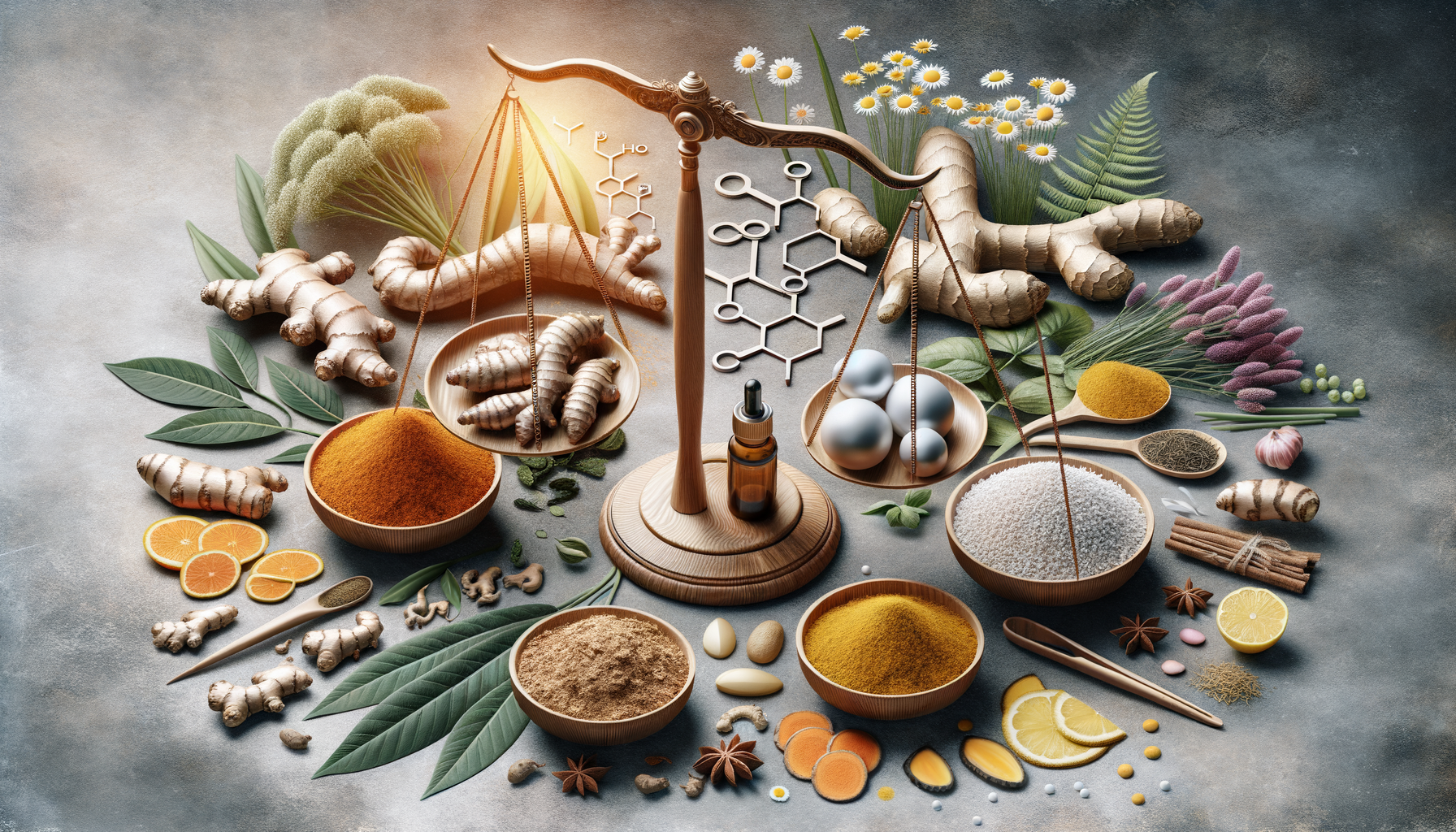Exploring Period Pain Relief Options for Menstrual Cramps, Hormonal Balance & Natural Anti-Inflammatory Support
Introduction to Menstruation Menstruation, often referred to as a period, is a natural biological process experienced by individuals with a uterus. It is a crucial component of the reproductive cycle, marking the shedding of the uterine lining. Understanding menstruation is essential, not only for those who experience it but also for society as a whole,

Introduction to Menstruation
Menstruation, often referred to as a period, is a natural biological process experienced by individuals with a uterus. It is a crucial component of the reproductive cycle, marking the shedding of the uterine lining. Understanding menstruation is essential, not only for those who experience it but also for society as a whole, as it plays a significant role in reproductive health and overall well-being.
Historically, menstruation has been shrouded in mystery and stigma, leading to misinformation and discomfort in discussing the topic. However, in recent years, there has been a growing movement to normalize conversations about periods, emphasizing the importance of menstrual health education. This article aims to provide an in-depth look at menstruation, covering its biological underpinnings, common challenges, and ways to manage menstrual health effectively.
The Biological Process of Menstruation
Menstruation is a key phase in the menstrual cycle, which typically lasts about 28 days, although it can vary from person to person. The cycle is regulated by a complex interplay of hormones, primarily estrogen and progesterone. These hormones prepare the body for a potential pregnancy each month.
The menstrual cycle can be divided into four main phases:
- Menstrual Phase: This phase marks the beginning of the cycle, where the uterine lining is shed, resulting in menstrual bleeding. It typically lasts 3-7 days.
- Follicular Phase: Following menstruation, the follicular phase begins. During this time, the pituitary gland releases follicle-stimulating hormone (FSH), stimulating the ovaries to produce follicles, each containing an egg.
- Ovulation: Around the mid-point of the cycle, a surge in luteinizing hormone (LH) triggers ovulation, where the mature egg is released from the ovary and is available for fertilization.
- Luteal Phase: After ovulation, the body enters the luteal phase. If fertilization does not occur, hormone levels drop, leading to the breakdown of the uterine lining and the start of a new menstrual cycle.
Understanding these phases is essential for recognizing the normalcy of menstruation and identifying any irregularities that may require medical attention.
Common Menstrual Challenges
While menstruation is a natural process, it can present various challenges that affect daily life. One of the most common issues is menstrual cramps, medically known as dysmenorrhea. These cramps are caused by the contraction of the uterine muscles to expel the lining. For some, the pain can be mild, while others may experience severe discomfort that interferes with their routine.
Other common menstrual issues include:
- Premenstrual Syndrome (PMS): Characterized by physical and emotional symptoms such as bloating, mood swings, and fatigue, occurring before the onset of menstruation.
- Heavy Menstrual Bleeding (Menorrhagia): Excessive bleeding that can lead to anemia and fatigue, requiring medical evaluation.
- Irregular Periods: Variations in cycle length or missed periods can be caused by stress, hormonal imbalances, or underlying health conditions.
Addressing these challenges often involves a combination of lifestyle adjustments, medical interventions, and self-care practices.
Managing Menstrual Health
Effective management of menstrual health involves a holistic approach that includes both medical and lifestyle strategies. For menstrual cramps, over-the-counter pain relievers such as ibuprofen and naproxen are commonly used. Additionally, applying heat to the abdomen, through heating pads or warm baths, can provide relief.
For those experiencing PMS, lifestyle modifications such as regular exercise, a balanced diet, and stress management techniques can be beneficial. Some individuals also find relief through alternative therapies like acupuncture or herbal supplements.
It is crucial to maintain open communication with healthcare providers about menstrual health concerns. Regular gynecological check-ups can help monitor menstrual health and address any abnormalities promptly. In cases of severe menstrual issues, hormonal treatments or surgical interventions may be considered.
Conclusion: Embracing Menstrual Health
Menstruation is a natural and vital aspect of reproductive health that deserves attention and understanding. By embracing open conversations and education about menstrual health, we can break the stigma surrounding periods and empower individuals to manage their menstrual health effectively.
Whether through lifestyle changes, medical treatments, or a combination of approaches, addressing menstrual challenges can lead to improved quality of life and overall well-being. It is essential for society to support menstrual health initiatives and ensure access to resources and education for all individuals.
As we continue to explore and understand the complexities of menstruation, let us strive for a world where menstrual health is prioritized, and everyone can experience their periods with dignity and comfort.